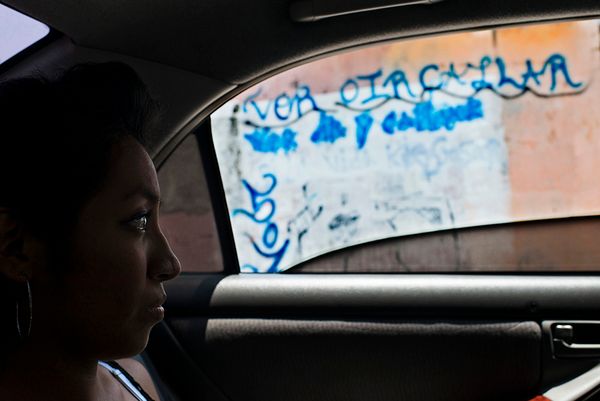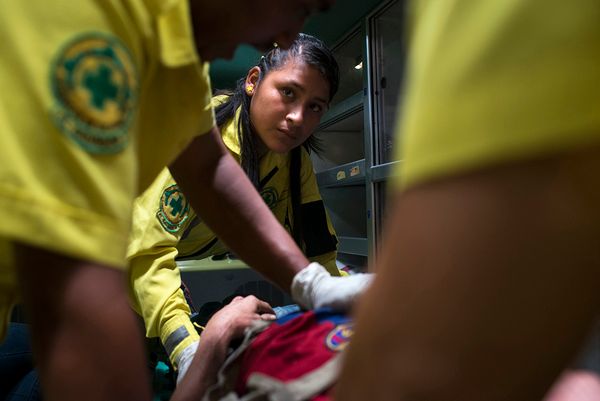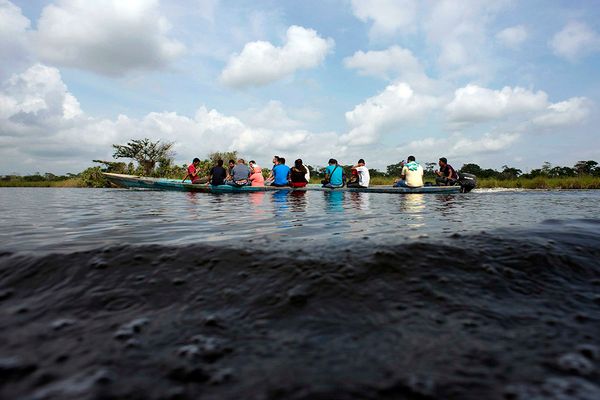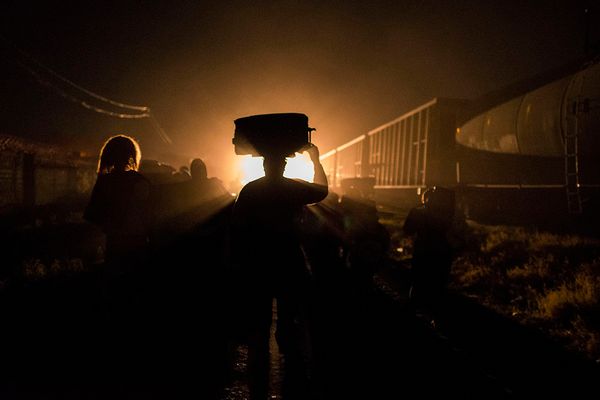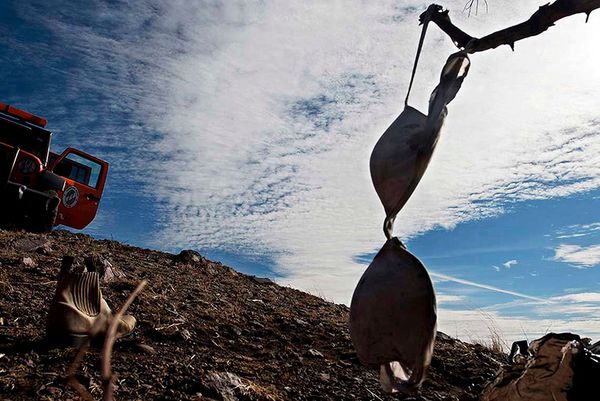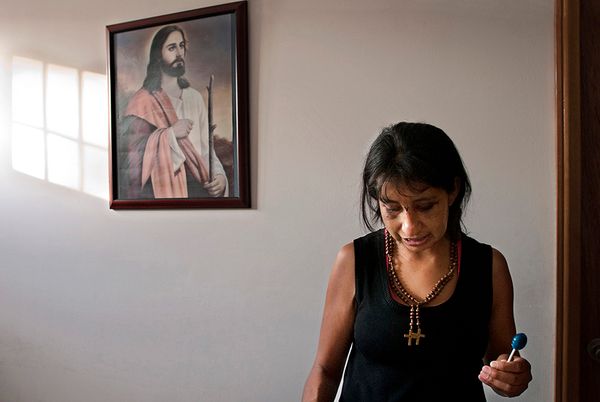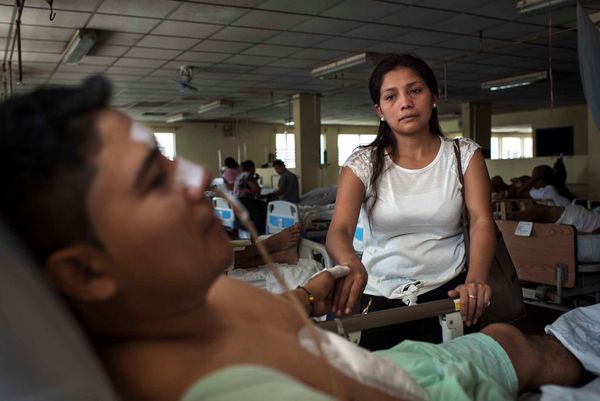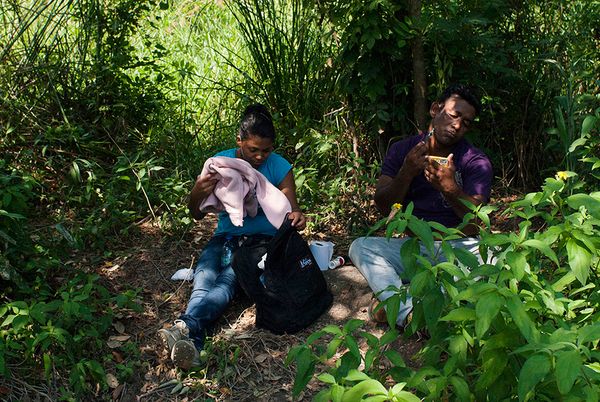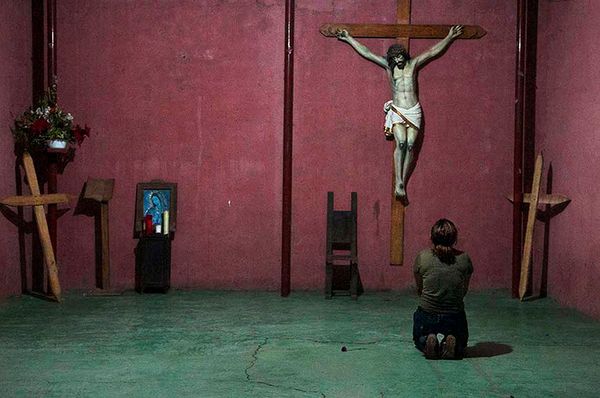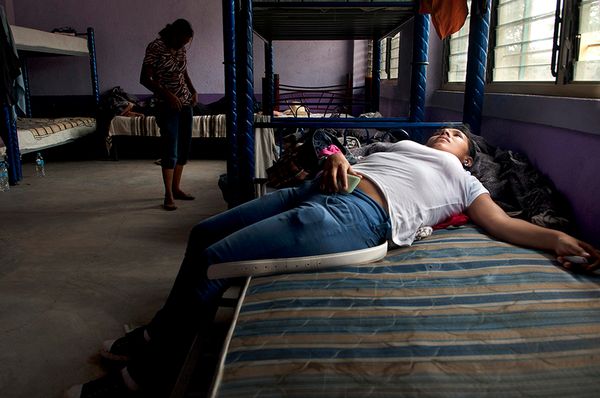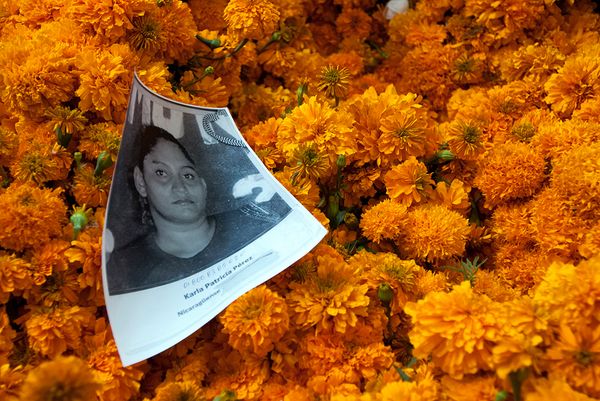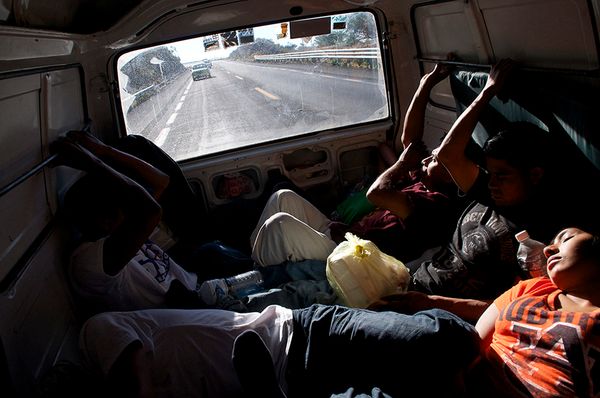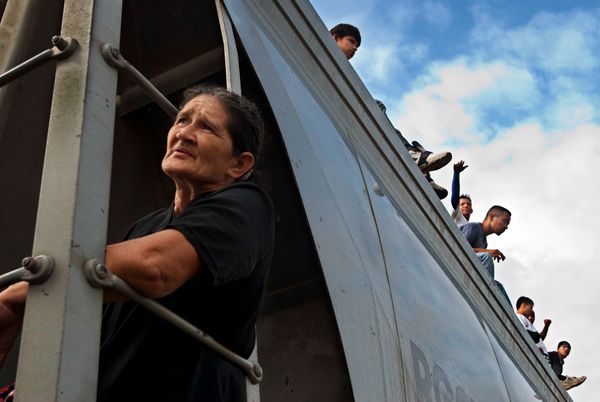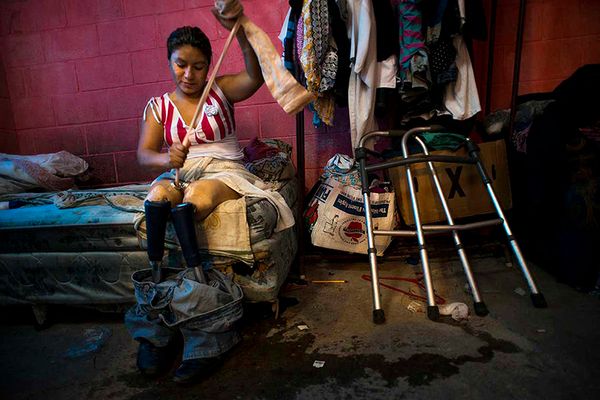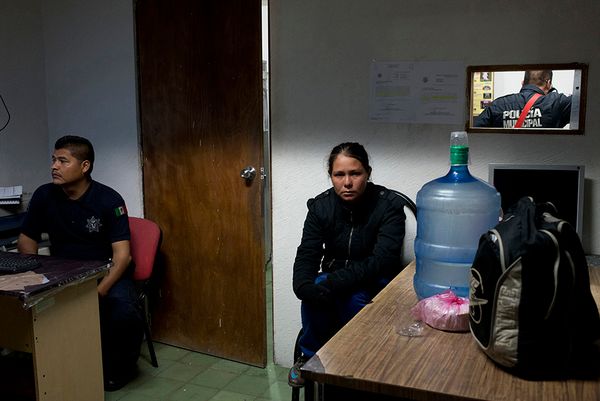Central American Women Migration,
-
Dates2011 - Ongoing
-
Author
- Locations Mexico, Guatemala, El Salvador, Honduras
The Mexico-United States migratory corridor is the busiest in the world. In 2017, the United States authorities detained 415,191 people crossing the border irregularly, according to data from Customs and Border Protection. Many of them came from the Northern Triangle, including Guatemala, Honduras and El Salvador.
Central American migration to the US has increased significantly, first spiking during civil conflicts in the 1980s and again in the 2000s. Corrupt authorities, lack of political interest, lack of job opportunities, and violence enacted by the Mara Salvatrucha or Barrio 18 gangs have destabilised the region, making it one of the most violent in the world.
Eight years ago, I came to Mexico to document the U.S.-Mexico border, with a focus on Central American women in transit. The U.S. considers migration a threat to national security. It has outsourced its border enforcement, forcing neighbouring countries to contain migration. I witnessed how the South Border Plan, enacted in 2014, has transformed Mexico’s southern border region, and made it all the more treacherous for people who were aiming to head north.
In 2006, Mexico began the so-called “War Against Drugs” which has resulted in over 234,996 homicides and 37,435 missing persons, according to the Registry National Data of Missing Persons. But this record leaves out cases of kidnappings and trafficking of migrants. It does not account for how migrants were forced into the hands of traffickers, corrupt authorities, and organised crime, becoming merchandise. Even those who escaped ended up traumatised by their weeks of travel.
In 2011, the Mexican National Comision for Human Rights conducted a study documenting more than 11,000 migrants kidnapped in a period of 6 months. It is estimated that there are between 70,000 and 120,0000 disappeared migrants since 2006.
The stories of migrant women in this context are much more extreme, since they face the same dangers as men on the migration route, but, in addition, their status as women puts them in a situation of greater vulnerability.
The structural and cultural nature of the violence suffered by Central American migrant women in their place of origin is one of the main causes that promote their migratory journey. Central American women face a system of inequality and social exclusion built on historical parameters of power that are markedly discriminatory and exclusive.
This project tries to make visible the causes and motivations that generate a migration with a gender focus, documenting the structural, cultural and physical violence that Central American women face, through their experiences in the country of origin and their extreme vulnerability in the framework of the regional situation, all this, factor of expulsion of their countries.
